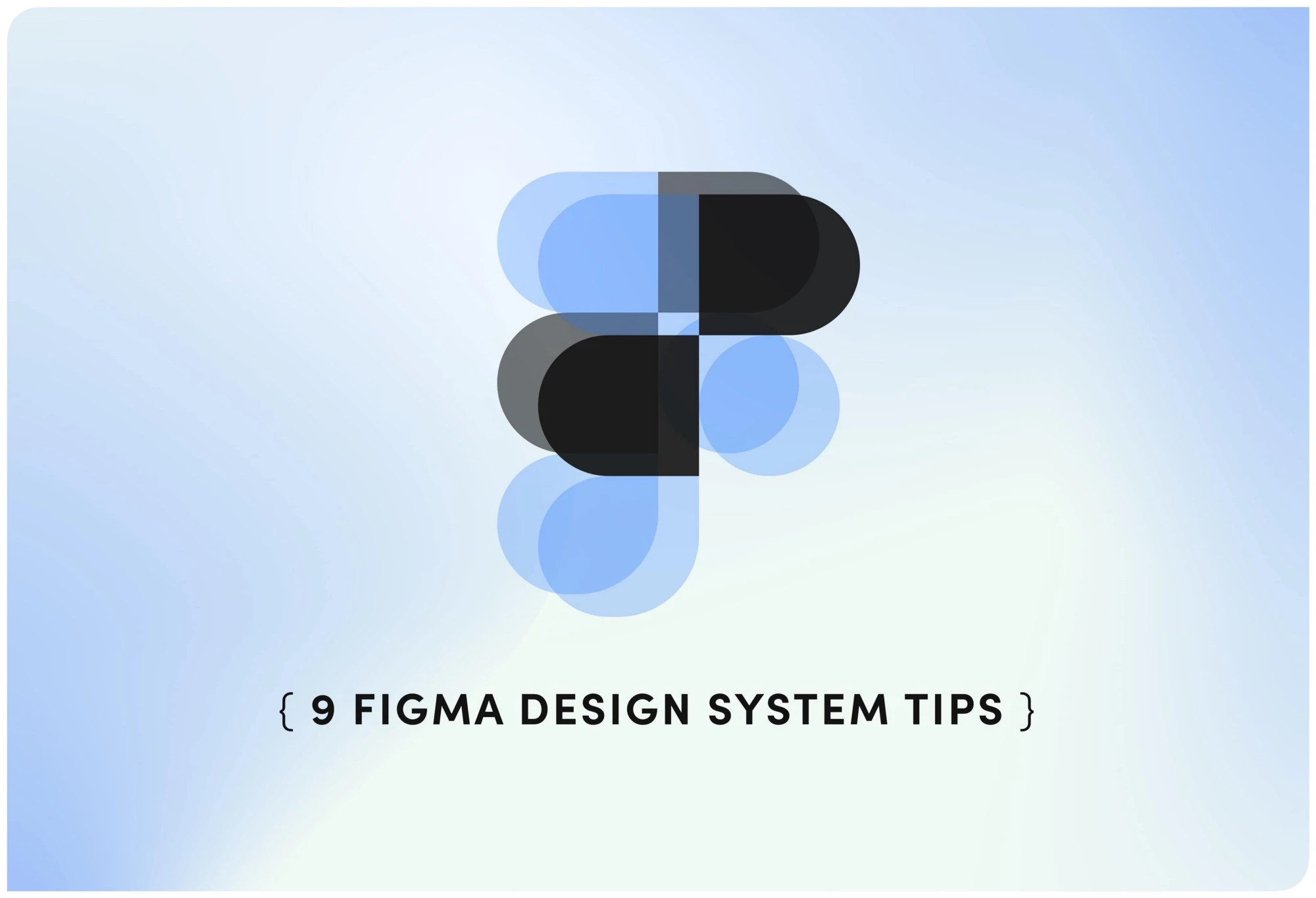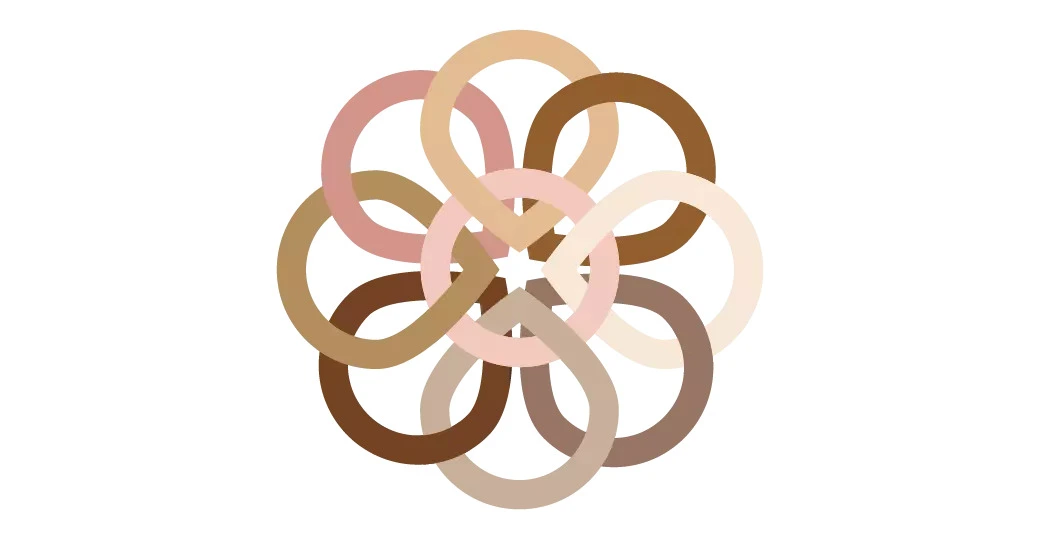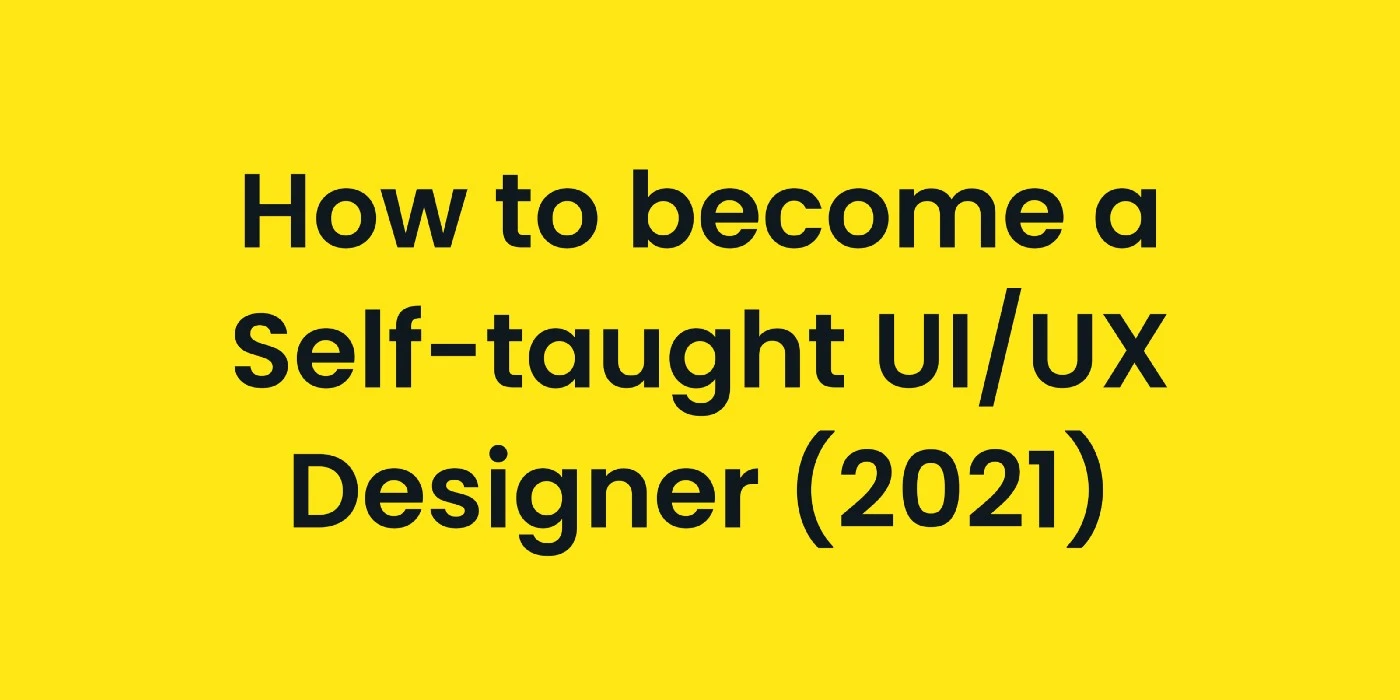A survival guide to user interviews
This article will take you through a step by step process of how to prepare, run and share successful user interviews. Starting from the moment why do you need to outline the fundamental question and ending with how to get your team more interested in the research you’re doing. We will also talk about how to get to the bottom of user motivation, what questions are gold and which ones are absolutely worthless when it comes to user research.
User interviews can be awkward, intimidating and weird but also they are extremely useful in understanding your users’ needs and goals. A successful user interview is an interview that leaves you with actionable and testable insights. In this article, I am going to outline the steps you have to take to bring your interviews to the next level.
At the beginning of my career, I used to be terrified of interviews. I am not a native English speaker, so talking to strangers in English was my worst nightmare. I would go into interview sessions armed with my script secretly hoping that the respondent wouldn’t show up. If they showed up I would briefly go through the questions and settle for any answers I’d hear, just to end this uncomfortable torture. Needless to say, the majority of my interviews was not insightful at all.
Over time I’ve had a lot of practice and employed multiple techniques for getting to the bottom of the problem. Now in some weeks, I can have up to 15 interviews scheduled and I love it. Back in the day, I haven’t had anyone to guide me through this, so this article is some sort of advice I wish someone would have given me.
Before the interview
Outline The Fundamental Question
Often you see companies that regularly talk to their users yet struggle to uncover any new insights. This happens because teams do it out of habit rather than out of curiosity. There are no fundamental questions behind such research sessions, it’s more like “Let’s talk to users to see if everything is okay”.
Lewis Carroll created a great dialogue between disoriented Alice and Cheshire Cat
Alice: “Would you tell me, please, which way I ought to go from here?”
The Cheshire Cat: “That depends a good deal on where you want to get to.”
Alice: “I don’t much care where.”
The Cheshire Cat: “Then it doesn’t much matter which way you go.
The same goes for research. It is impossible to get any insights without an understanding of what exactly would you like to learn. After all, how can you expect to find something if you don’t know what you’re looking for?
The Fundamental Question will guide you in forming interview questions and navigating the conversation. Basically, it’s the question that spins your whole research. It could be as high level as “How our users perceive our value proposition?” or quite focused as “Why people are using a feature X?”. When you outline this question half of the work is already done (okay, maybe one third).
Recruit users
With proper sampling techniques, you’ll need a surprisingly small number of interviews that will shed the light on your research question. Depending on where you are in your research you might want to employ different sampling methods.
If you’re in the discovery phase and looking for answers to high-level questions you need to go wide with your demographic. Recruit a diverse group of participants to get different perspectives.
If you would like to know how or why people are using a specific feature you need to sample only those who had experience with it within a certain timeframe. Otherwise, if you decide to target everyone, you will waste your time on producing generic surface-level insights instead of getting to the bottom of a problem.
Set the stage
When you finally got your user into a room or a Zoom meeting start with a small talk. Introduce yourself, chat a bit about the weather or something nice and generic. Don’t spend more than a couple of minutes on this chat though. These unrelated side talks are meant to warm up your participant and figure out what kind of user type they might be.
When you’re done with the chat explain the scope of the interview. This will help your user get into the proper mindset and recall their recent experiences. Scope of the interview also comes in handy when you need to steer the conversation back to the topic if your participant gets carried away.
Explain how the interview process will look like and remind your interviewee to stay honest no matter what. The last part is especially hard if users know that you’re the designer, people might be afraid to hurt your feelings with their feedback. If you’re planning to record your session (which I strongly recommend doing) do not forget to ask permission.
During the interview
Always ask follow up questions
Follow-up or probing questions are meant to go a level deeper into a respondent’s answer uncovering the real motivation behind their words and actions.
Let’s look at this example:
So why do you eat one apple a day?
Oh well it’s obvious it keeps the doctor away!
Before settling for this high-level answer and noting down something like: “Users eat apples because they want to stay healthy” ask yourself: “Does this answer give me a deep understanding into the underlying motivation of users to eat 1 apple a day?” The answer is no.
This is the moment where you have to dig deeper to understand why this particular user wants to keep the doctor away. You might think it’s obvious: no one likes to go to the doctor or no one wants to get sick, but no. Human beings are very complex creatures so what is seemingly obvious for you is seldom obvious to others.
If you decide to follow up on this question with a Why question you might uncover some interesting insights. For instance, some people like the general perception of themselves as healthy individuals, while others have a medical condition running in the family and due to that, they feel the need to adjust their diet. Those two belong to two separate groups therefore their needs have to be addressed in different ways.
Clarify when in doubt
Has it ever happened to you that you told someone one thing but then somehow it got completely misinterpreted? In the book “Listen like you mean it” Ximena Vengoechea, a researcher that worked with Twitter, Linkedin and Pinterest calls it a Double Track conversation.
When you feel that your conversation gets a second track and you don’t understand what exactly the user is saying do not hesitate to ask for clarification. People have all kinds of accents and millions of ways to formulate their thoughts. There is nothing wrong with not grasping the information from the first time. Furthermore, clarification questions can show your user that you’re actively listening to what they have to say.
However, try not to use clarification too often during one session to avoid coming across as an inattentive listener.
To run successful interviews you have to shift your mentality from I know it all to I know nothing.
You can do it in several ways:
- Admit that you didn’t get it from the first time: “I am sorry, I am not sure I understood that part, could you please explain it to me?”
- Rephrase the answer the way it came across and ask if it’s correct: “So if I understood you correctly you eat one apple per day to keep the doctor away?”
Avoid leading questions
It is absolutely normal and unavoidable to be biased towards our own assumptions and previous experiences. After all, we are just humans. However, the ability to identify our biases and formulate questions in a way that doesn’t affect interviewees answers makes a good researcher.
For example, instead of asking “How satisfied, you’re with our product/feature?” ask something more neutral like “What is your experience with our product?”. The first question implies that your respondent is satisfied which, obviously might not be true at all. The second question, on the other hand, leaves your participant some room for negative answers.
As I’ve already mentioned humans are extremely biased creatures so if you would like to truly understand someone’s experience try adding “What was the last time you did this?” or “Tell me about your last experience with X”. These questions have potential to uncover insightful stories of what users really do with your product as compared to dry self-assessment of what they perceive themselves doing. However, make sure to use these questions together with generic ones to avoid recency bias.
Speak their language
Pay attention to not only what your users have to say but also to how they refer to features within your product. Often dropdowns become lists, the feed can become a gallery, etc. It is important you make a mental note of these names and refer to these features the way your user calls them for the interview. Regardless of how weird or silly it might sound 🙈
This approach helps to save time on repeating the question and ensures that you both speak the same language, therefore increases the chances to get valuable insights.
After the interview
Storing insights
Even if your organisation is not interested in user research yet it is important to document and store insights in a place, where everyone can access them. I highly recommend recording every session so you can revisit it anytime. When running unstructured or semi-structured interviews you receive an enormous amount of information. Obviously, not everything from what you hear will be relevant for the current research topic but it might be handy in the future. Besides storing recordings you can also generate transcripts or your notes. I record 90% of my interviews and store them together with a brief summary of the session.
I also highly recommend using tagging for interview sessions. In two-three years from now, you will accumulate an enormous amount of insights, so tags will come in handy in desk research. Thrust me, the future you will thank you for that :)
Sharing insights
Often I hear that designers and researchers are struggling to spark interest in research results among non-design team members. It is important that all team members participate in research sessions for companies to become truly user-centric. So how do you bring your research to the table and shift the mindset of your team?
Test the waters first. It is tempting to gather everyone together and open their eyes to issues your product has. But stay away from big presentations and meetings that disrupt the workflow of your colleagues. Because regardless of how good your insights are the aftertaste of that meeting will be “That was very insightful but I didn’t finish my task because of this meeting”.
Start with an asynchronous way instead. Share some tiny insights with your team or company in Slack. Don’t go longer than a couple of sentences though, use bullets and emojis for faster processing. When you see that people start asking questions (and they will trust me) this is the sign for a meeting, keep it no longer than 30 minutes though.
Summing Up
User interviews are probably the most powerful tool when it comes to creating human-centred products. It is quite uncomfortable and awkward at first and takes some time to master. Come to the sessions with a clear mind, and be prepared to listen and follow up. Use your past interview recordings to access your interviewing skills and find areas for improvement.
Reading List






